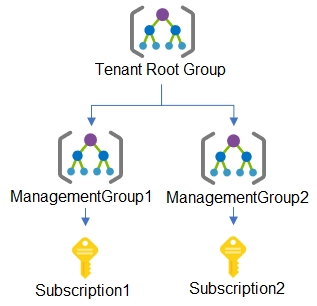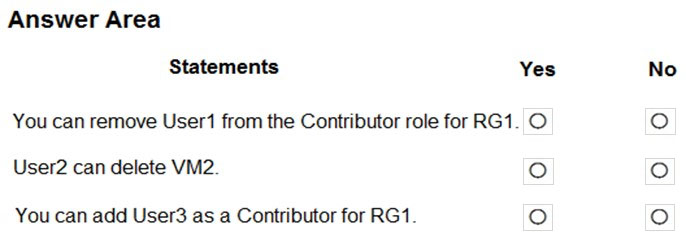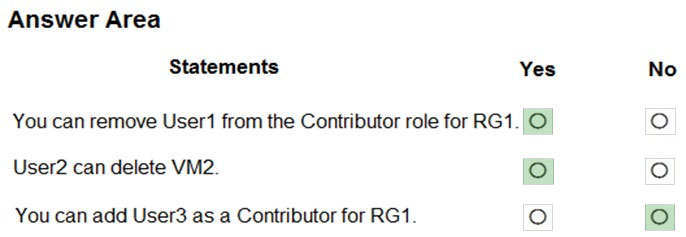

HOTSPOT -
You have a hierarchy of management groups and Azure subscriptions as shown in the following table.
You create the Azure resources shown in the following table.
You have the Owner role. You assign roles to users as shown in the following table.
For each of the following statements, select Yes if the statement is true. Otherwise, select No.
NOTE: Each correct selection is worth one point.
Hot Area:

betamode
Highly Voted 4 years agoDileep75
3 years, 5 months agordemontis
3 years, 11 months agorsamant
3 years, 4 months agoerickim007
Highly Voted 4 years agoTSMRE
4 years agorxlicon
Most Recent 1 year, 10 months agorxlicon
1 year, 10 months agoitvinoth83
3 years, 3 months agojustfordevelopment
3 years, 3 months agoSamaTech
3 years, 4 months agoElettroAle
3 years, 5 months agoplmmsg
3 years, 6 months agolorrenzo
3 years, 7 months agoAbhishek1950
3 years, 7 months agosyu31svc
3 years, 10 months agoAZ_Apprentice
3 years, 11 months agohamzeh69
3 years, 11 months agosouvik123
3 years, 11 months agoshashu07
4 years agoGuyForget
3 years, 8 months agoChottoBhoot
4 years ago